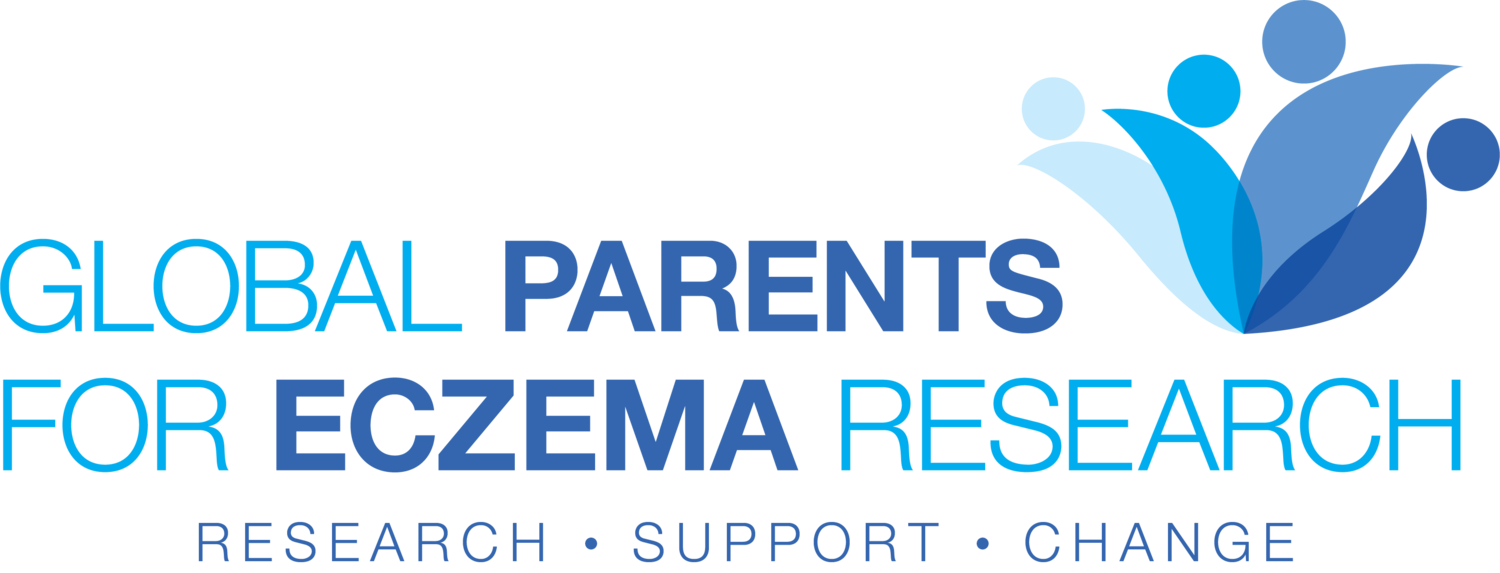Give Skin a Chance: Our First Book Club Book
It’s unusual for a doctor to proclaim, “I haven’t showered in a month.” But that’s just what the author of our first book club read did. He wanted to see for himself what would happen if he stopped using the soaps, shampoos, lotions, and other products our culture and advertisers tell us we need. His thesis: the skin has amazing self-maintenance properties if we give it a chance. Do we really need to use soap to strip our skin of oils then slather it with lotion to replace them?
Young physician James Hamlin left his practice in LA to move to NY to become a full-time medical writer. His new book, Clean: the New Science of Skin might be subtitled “everything you ever wanted to know about cleanliness and skin care products.”
Turns out, we were not always fanatically into cleanliness. In fact, soap was not widely available for daily use by all but the very rich until the turn of the 20th century. Soap was the first product to be mass marketed by advertisers. The ingredients of soap are virtually the same. Manufacturers simply re-wrapped their products to target different consumers. The very same soap was marketed as a beauty product for young women and as a cleanser gentle enough for babies.
Hamlin also looks at how we have come to equate cleanliness with health. We needed to improve our hygiene in the days when infectious diseases and squalor made our cities lethal. But he thinks we might have swung too far in the other direction. Studies of reclusive groups like the Amish show that they have a fraction (20%) of the eczema and allergies of the general population. Why? Possibly because in their farming communities kids have regular exposure to animals, dirt, and bacteria.
The author also reminds us how almost totally unregulated skin care products are in the US. In Europe, 1,500 chemicals are banned in skin care products. In the US only 11 are restricted.
Hamlin includes interviews with a wide range of medical experts – dermatologists, allergists, microbiologists, and NIH researchers – to try to capture the latest thinking on skin biodiversity, pre- and probiotics, and the effects of skin care routines. For example, a Canadian dermatologist advises her eczema patients: stop over-washing and using shower gel. On the subject of probiotics, an NIH researcher notes, “Everyone wants to eat Activia yogurt and colonize themselves with bacteria, and then they want to use Purell.”
Interspersed are tales of the unbelievably lucrative skin care industry and its suspect marketing techniques. Because manufacturers can keep their ingredients a secret, it is impossible to know whether the cream that sells for $200 an ounce is better than the cheaper drugstore or health store brand.
Take aways for our book club members? Two of us stopped using soap on our face. One member washed her face and showered less often. Everyone wanted to know more about the skin biome. And, mixed reviews on letting kids with vulnerable skin play in dirt. “Too scary,” said one parent.
Join us next month and let us know if there is a book you think would be great for discussion.
P.S. If you’d like our blog delivered right to your inbox, sign up for our newsletter! Like what we do? Donate to GPER!


